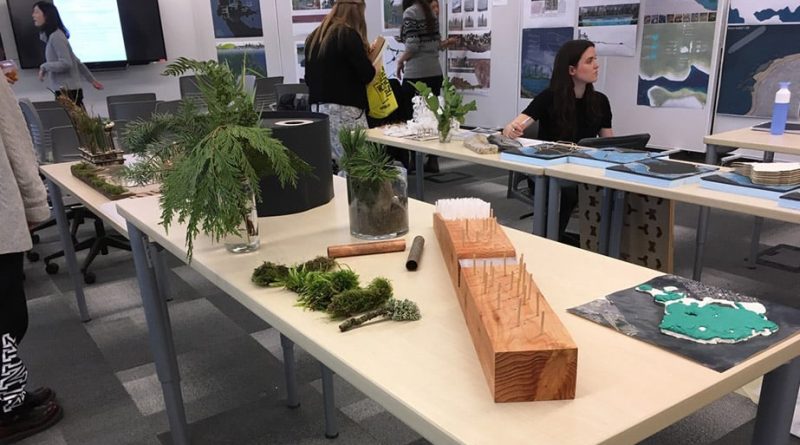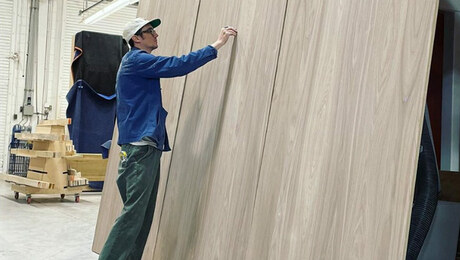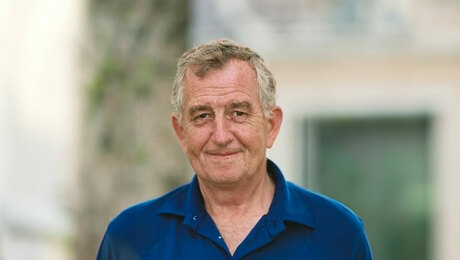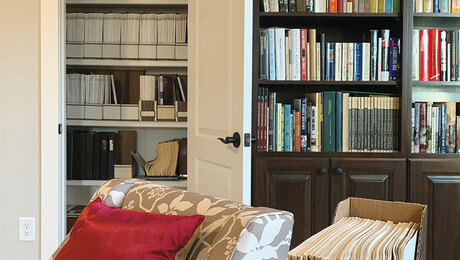UBC’s School of Architecture-Landscape Architecture Environmental Design Program: Review From Within
Each year, hundreds of students from around the world apply to UBC’s Environmental Design Program, but only 25 are chosen each year. Acceptance is based on academics, diversity of courses taken, strength and bread of portfolio work, quality of written portions of the application, outstanding reference letters, and the level of uniqueness that a student may offer to the rest of the accepted team.
I was fortunate enough to have been selected to be a part of the ENDS 2013 class and having just completed my first year in the program, I have experienced so much growth, both creatively and personally. I would like to offer this article as a guide to those who are interested in applying to the ENDS program at UBC. As the program is relatively new, the available literature regarding the application process and the program itself is limited.
My goal is I may help to offer an inside look into the program so that potential applicants can get a better sense of whether or not the program is right for them, and to offer helpful information regarding the difficult application process and the dreaded portfolio. For more information about the portfolio portion of the application scroll down.
I would like to start by giving the overall program a rating of 5 out of 5 stars. Students receive top-notch design education from practicing architects who are thus able to offer quality and fresh-from-the-field knowledge. All of the instructors are patient, extremely knowledgeable in many creative fields, more than willing to meet outside of class time for extra help, and prepared to challenge each student at a level that is appropriate for their skills.
**A note: ENDS does not accept previous degree holders. If you have a degree, unfortunately, you may not transfer in. However, if you are interested in an architectural degree, you may want to consider a graduate degree in architecture. UBC has a widely respected school of architecture and if you are creative-minded and if you can show that you are adaptable and prepared to work hard, they have been known to accept applicants coming from nearly every known undergraduate degree.
One thing that the ENDS program boasts of is the diversity of its students. This year in my class we had students from across the globe, each contributing a unique set of skills and point of view to the repertoire of the entire class. Another way in which ENDS ensures that student diversity is maintained is by limiting the required prerequisites to 2 courses in university English, 1 course in Physics (or a high school physics grade of 72% or higher), and 2 courses in geography.
The ENDS program is a third-year transfer program, and so apart from the few prereqs listed above, the remaining 15 courses that makeup years one and two of the applicant’s university education are entirely up to them. ENDS hopefuls are not only free but encouraged to take courses that are of interest to them.
**Here I enter a Caution: from day 1 of my university education, I chose to put all my eggs into the ENDS basket. They want diversity and so I did exactly what I did. I took only courses that I was very interested in; calculus, physics, French, painting, sculpture, and sustainability… Fortunately for me, I was accepted into the program and it all worked out.
However, I had no direction in the courses I was taking, only a little bit of everything, and no backup plan. And so had I not been accepted, I would have had to nearly start over for a degree. ENDS wants diversity and they want you to take courses that you WANT to take, but take that with a grain of salt and diversify at your own risk. Having a back-up possible degree is possible.
At first, I was a little skeptical of the minimal prerequisites; concerned about how such a group of students coming from such varied backgrounds could come together to learn the same materials. But the diversity and breadth of our collective knowledge have only strengthened the depth of our work, pushed our critical thinking, and forced us to challenge each other creatively.
Our class collaboration of knowledge and skills has been a beautiful thing. The ENDS instructors have shown us how to learn from each other to expand our knowledge base to one from which we have access to 25 minds worth of information to draw upon, instead of relying on our individual and thus limited knowledge base.
A few weeks into the school year showed that we were in for a rough ride for the next 7 months. We experienced many sleepless nights, developed a serious dependency on coffee and carbs, and the limits of any of our previous experiences of group work were seriously pushed. The closest tangible thing that I can equate the experience to for those who have not been to design school is A&E’s television series Project Runway.
There were tears, there was throwing up, desperate calls to loved ones, panic attacks, and meltdowns. But in the end, strong relationships were born among the class and good design was produced. The work of each member of our team added to the caliber of the work of the class as a whole. It sounds like a scary ride, but I know that each of us is beyond excited to start it all again for year two. Bring it on!
If you are adaptable, creative, a critical thinker, and a team player who is ready to have all of your limits pushed, creatively and personally, then ENDS is the place for you. If you are looking for an easy grade and thrive on competition put yourself ahead of your team instead of collaborating with them, then move along, ENDS will just eat you up and spit you out.
The first year of ENDS is a heavy course load. A regular full-course load is 5 classes, but ENDS requires an equivalent of the work of a sixth being added. However, only four courses are taken at a time because the main studio class which is required for each semester in ENDS has the equivalent in-class time of 3 courses combined.
Courses include subjects covering architectural history, technology and technique, digital media and representation, and thematic analysis. With this combination of studied materials, we have developed not only skills in the fundamentals of architecture, but design in general, graphic design, digital representation of ideas, interior design, and cross-media collaboration.
Students have access to computer labs, a wood shop, three laser cutters, a CNC machine, and a 3D printer. Macintosh computers are the preferred operating system of approximately 85-90% of the class. The main programs that we use are Vectorworks, Adobe Creative Suite, and Rhinoceros.
Vectorworks is a predominantly 2D drafting program that is user-friendly and easy to learn. They also offer a free student version to those who submit proof of enrolment to a post-secondary institution. For this, simply acquire a ‘proof of enrolment letter from your school, save it as a PDF and attach it to your Vectorworks application. Adobe Creative Suite is an expensive package, but well worth the money.
It is a quality program that includes almost every program you will need for design school. There is no need to spend the big bucks on the Master or Professional collections. The standard, education version will be more than enough. Make sure to get the discounted educational price as well. Rhinoceros is a 3D modelling program. There is a beta version for Mac that is currently available for free.
Rhino is a useful tool for creating convincing perspectival renderings and for creating ‘exploded’ drawings of a project. Before coming to class, it would be very useful to be familiar with these programs, in particular Vectorworks, InDesign, Illustrator, and Photoshop.




